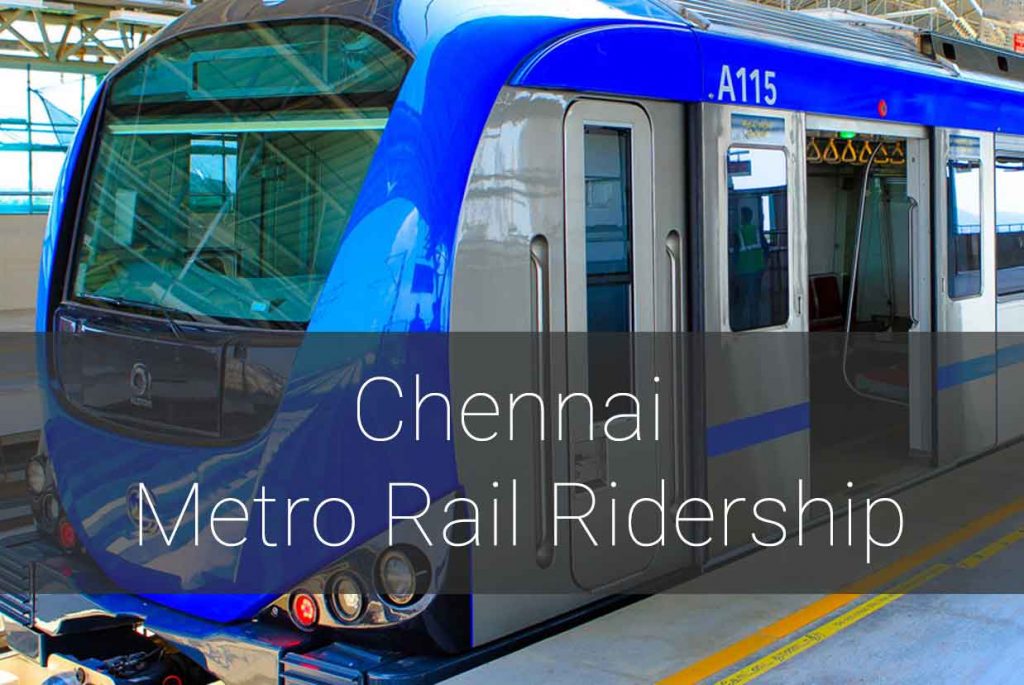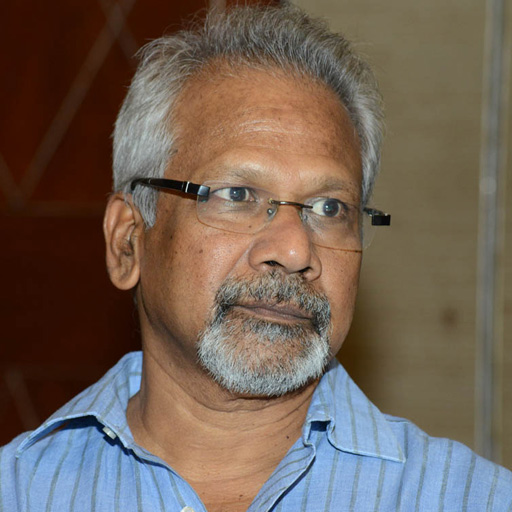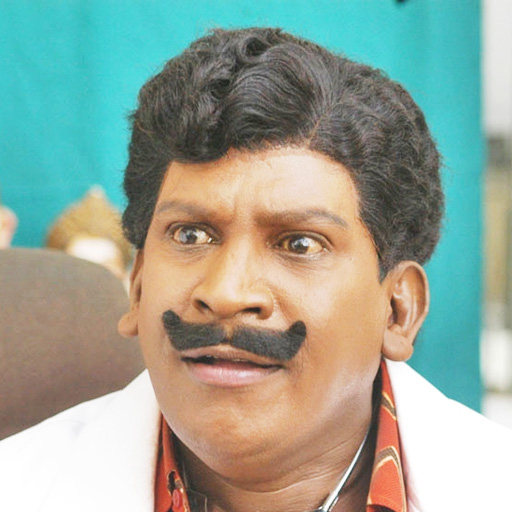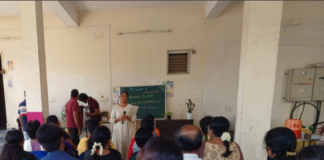The Phase 1 of Metro Rail has been inaugurated after much delay. From the network standpoint, the entire 44 km of metro planned in phase 1 by Chennai Metro Rail Limited is now completed.
The total number of stations is 17 in each corridor. The fare ranges from Rs 10 to Rs 60. The total budget for the execution of the project is estimated at about Rs 24000 Cr including the extension to Thiruvottiyur.
Ridership Numbers of Chennai Metro Phase 1
According to the Project Brief of Phase 1 prepared in 2008, the expected ridership on the 2 corridors was estimated to be 7.74 lakh per day by 2016 and is expected to touch 12.85 lakhs by 2026.
Metro Rail allowed free rides on Corridor 1 & Corridor 2 on Faeb 11 and Feb 12, 2019. At no tickets cost, the ridership on Chennai Metro was 4 lakhs. So one of the challenges for the city is to get the projected ridership or even 50% of it when the fares will have to be paid. The current fares range from Rs 10 to Rs 60.
A study of 10 rail projects in the US, done by USDOT, found that on average actual ridership was 65% lower than forecasted. UK study, by Transport & Road Research Laboratory, of 9 metro systems in both developing and industrialized nations found that the ridership forecast was over 100% above the actual ridership.

So in effect, this is not just a Chennai Metro Rail challenges, it is a challenge generally plaguing Mass Transit Metro Networks. Urban transportation is a complex phenomenon. Using traditional models to estimate ridership has repeatedly failed to predict accurate numbers.
Solutions to Low Ridership of Chennai Metro
High Fares
Chennai Metro is one of the costliest metro to ride in India. This becomes a huge deterrent for the user to use the Chennai Metro. A more rationalized fare structure would make it more attractive alternative to the current bus and para-transit users. Fares must not be calculated just based on a break-even cost, but more from a holistic point of view. The amount of money the city saves by preventing private vehicle users, must be accounted for in calculation these fares. The city fuel bill savings could be added to the revenue subsidy from the state capital accounts to the operations budget of the metro rail system.
Lack of last mile connectivity
Taking into account 34 stations on the Metro Phase 1, only about 86000 people live within the 100 m buffer zone surrounding these stations. So in essence, everybody else has to walk longer or use another mode to reach the stations. Chennai Metro Rail has already provided last mile connectivity on some pre-established routes via car as extremely competitive rates. This needs widespread awareness and advertising. More such feeder services that cover more streets should be operated.
More Transfer Time
The time taken transfer between the modes when breaking journeys is very time consuming. For example, if you arrive at Koyembedu from outside station. Then you have to walk atleast 500m which takes about 8-10 minutes to reach. This proves to be a very big deterrent for people wanting to use Metro Rail. The timing of the metro rail system could be aligned with the arrival of trains from the suburban system and other long distance trains in Egmore, Central etc.. This could also be better synchronized with long distance buses that arrive in various parts of the city during the morning into the city. Metro Rail could also provide dedicated bus bays for long distance buses in locations like Alandur and CMBT on the arrival side so that commuters do not have to cross the road.
Ease of Access
Metro Rail should also work on improving access when the journey is happening across two different modes. When the transfer happens from Foot to Train, the sidewalks surrounding the stations need to be better designed. The movement for pedestrians must be safer even across junctions. Metro Rail stations must make connectivity between stations and nearest terminals a safe walking experience. For example the Vadapalani Station and the Vadapalani bus terminal must have a share auto system that must be made available at no cost to users of either transport systems.
Lack of network connectivity
The Southern Side of Chennai has almost no Metro Coverage in Phase 1. So the entire population of OMR, Velachery etc… have no way to access the metro except by using a bus, private car or share taxi etc… Also the MRTS network breaks between Velachery and Alandur. These projects must be expedited.
Unified Ticketing System across Chennai City
Currently there is need to provide integrated ticketing across the various transport modes in the City. Both the Fare Medium (Card) and the Fare structure should be integrated, so that the cost of the journey irrespective of the modes used by the commuter remains the same.
For those of you who are reading this from other Cities and Countries, the Phase 1 of Chennai Metro has 2 Corridors.
Alignment of Corridor 1 of Chennai Metro
Airport – Meenambakkam Metro – Alandur – Guindy – Little Mount – Saidapet Metro – Nandanam – Teynampet – AG DMS – Thousand Lights – LIC – Government Estate – Chennai Central – High Court – Mannadi – Washermenpet – Thiruvottiyur
Alignment of Corridor 2 of Chennai Metro
Chennai Metro Phase 2 Corridor
Saint Thomas Mount – Alandur – Ekkattuthangal – Ashok Nagar – Vadapalani – Arumbakkam – CMBT – Koyembedu – Thirumangalam – Anna Nagar Tower – Anna Nagar East – Shenoy Nagar – Pachaiyappa’s College – Kilpauk – Nehru park – Egmore Metro – xx Cross Over to Corridor 1 at Chennai Central xx



